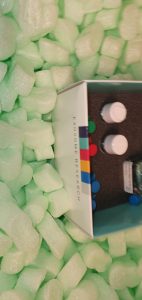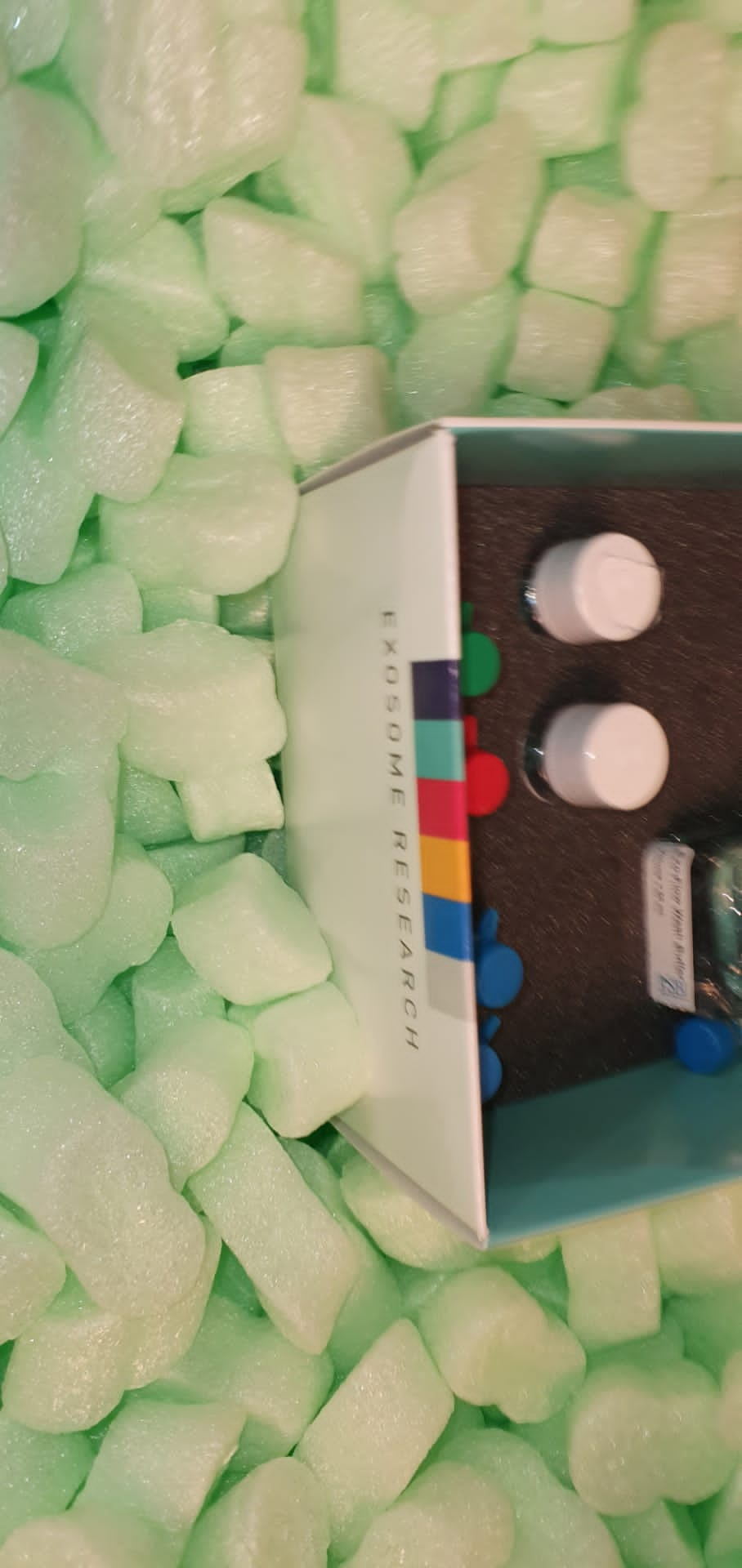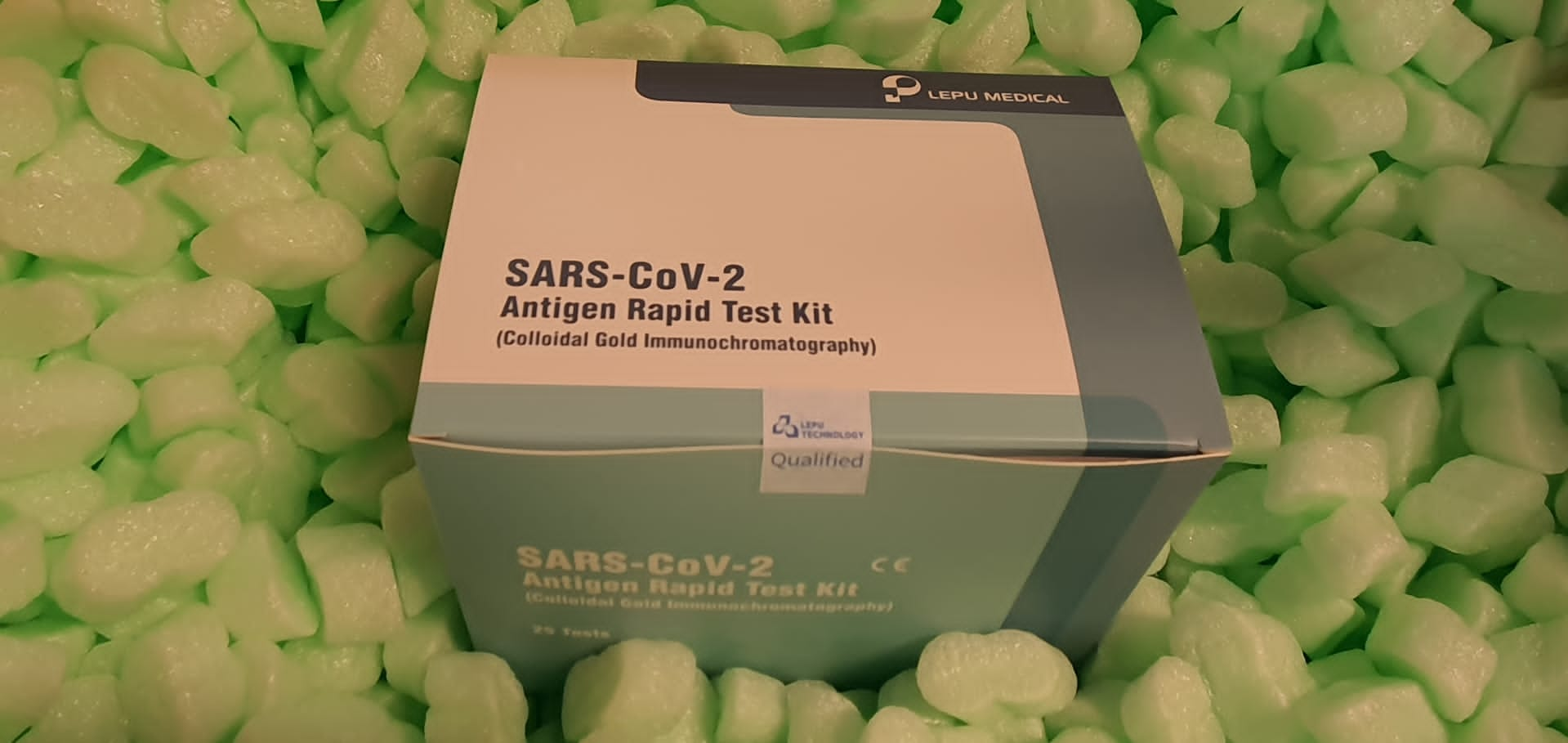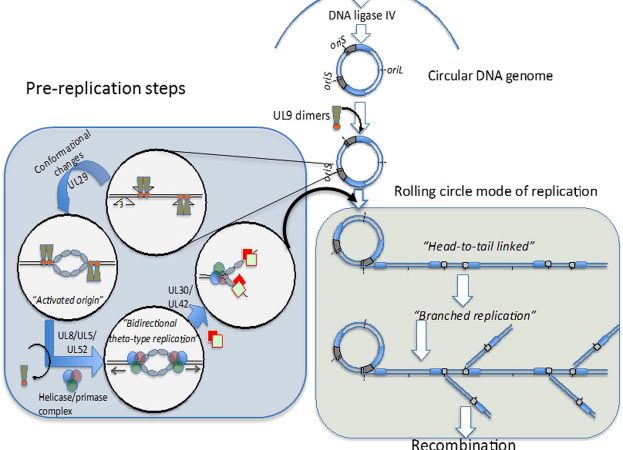Interleukin-33 (IL-33) is a member of the IL-1 household and has twin capabilities as a nuclear issue in addition to a cytokine. The pivotal function of IL-33 as an lively participant contributing to aberrant native and systemic injury has been highlighted in a number of inflammatory and autoimmune ailments. Main Sjögren’s syndrome (pSS) is an autoimmune illness characterised by dry eyes and mouth syndrome because of native dysfunctions of exocrine glands, but additionally accompanied with systemic manifestations.
The pathophysiology of pSS has been advocated as a conjecture of activated B and T cells in addition to the manufacturing of inflammatory cytokines and autoantibodies, driving epithelial tissue injury and illness development. TNF-α, IL-1β and IFN-γ in flip additional enhance the activation of IL-33/ST2 pathway, thereby constituting a vicious inflammatory loop resulting in illness exacerbation. IL-33/ST2 axis is concerned in Sjögren’s syndrome and opens new views as therapeutic goal of one of many culprits within the inflammatory perpetuation.
In pSS, IL-33 is launched within the extracellular area from broken salivary cells upon pro-inflammatory stimuli and/or dysfunction of epithelial barrier. Counter-regulatory mechanisms are initiated to restrict the pro-inflammatory actions of IL-33 as portrayed by a rise within the decoy receptor for IL-33, the soluble type of ST2 (sST2). In pSS and related ailments, the degrees of IL-33 are considerably elevated within the serum or tears of sufferers. Mechanistically, IL-33 acts in synergy with IL-12 and IL-23 on NK and NKT cells to spice up the manufacturing of IFN-γ contributing to irritation.
Antibody-based supply of interleukin-9 to neovascular constructions: Therapeutic analysis in most cancers and arthritis
Interleukin-9 is a cytokine with a number of capabilities, together with the power to activate group 2 innate lymphoid cells, which has been postulated to be therapeutically lively in mouse fashions of arthritis. Equally, interleukin-9 has been recommended to play an necessary function in tumor immunity. Right here, we describe the cloning, expression, and characterization of three fusion proteins primarily based on murine interleukin-9 and the F8 antibody, particular to the alternatively spliced EDA area of fibronectin. EDA is strongly expressed in most cancers and in varied arthritic circumstances, whereas being undetectable within the majority of wholesome organs.
Interleukin-9-based fusion proteins with an irrelevant antibody particular to hen egg lysozyme served as unfavourable management in our examine. The fusion proteins have been characterised by quantitative biodistribution evaluation in tumor-bearing mice utilizing radioiodinated protein preparations. The best tumor uptake and greatest tumor:organ ratios have been noticed for a format, by which the interleukin-9 moiety was flanked by two items of the F8 antibody in single-chain Fv format. Organic exercise of interleukin-9 was retained when the payload was fused to antibodies.
Nevertheless, the focused supply of interleukin-9 to the illness website resulted in a modest anti-tumor exercise in three completely different murine fashions of most cancers, whereas no therapeutic profit was noticed in a collagen induced mannequin of arthritis. Collectively, these outcomes verify the likelihood to ship interleukin-9 to the positioning of illness however forged doubts concerning the alleged therapeutic exercise of this cytokine in most cancers and arthritis, which has been postulated in earlier publications. On this examine, recombinant B. bifidum BGN4 [pBESIL10] was developed to ship human IL-10 successfully to the intestines.








